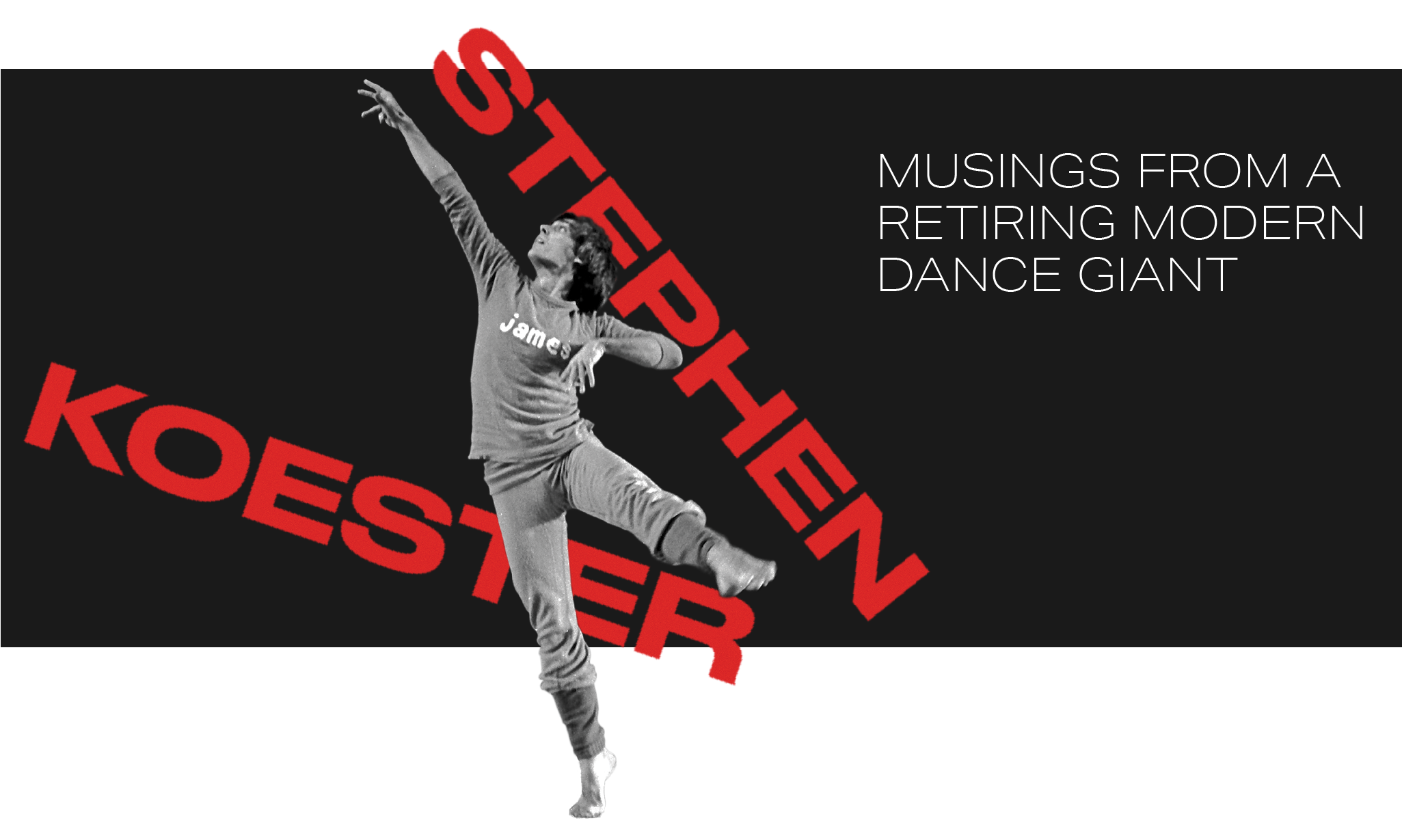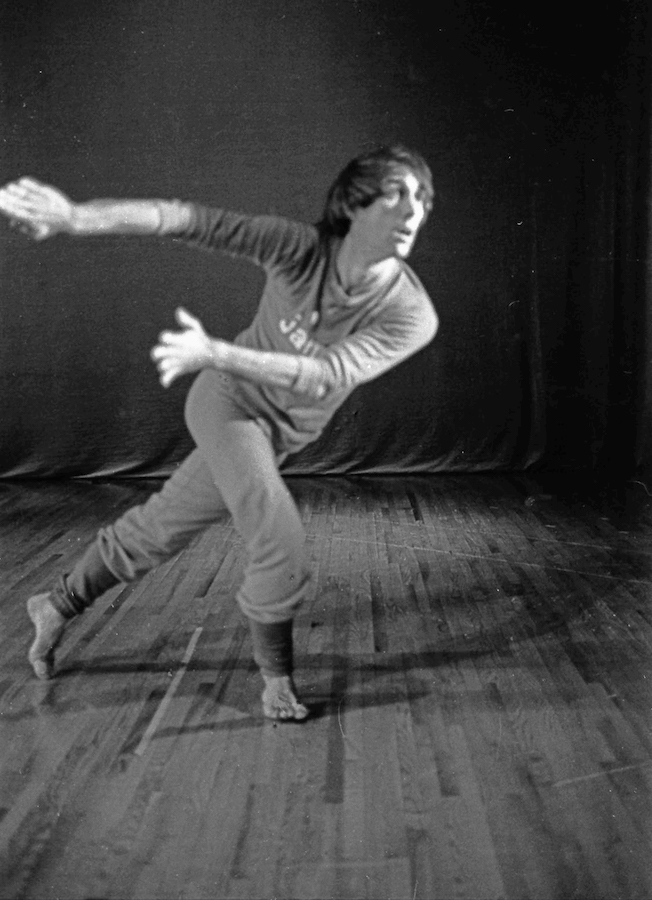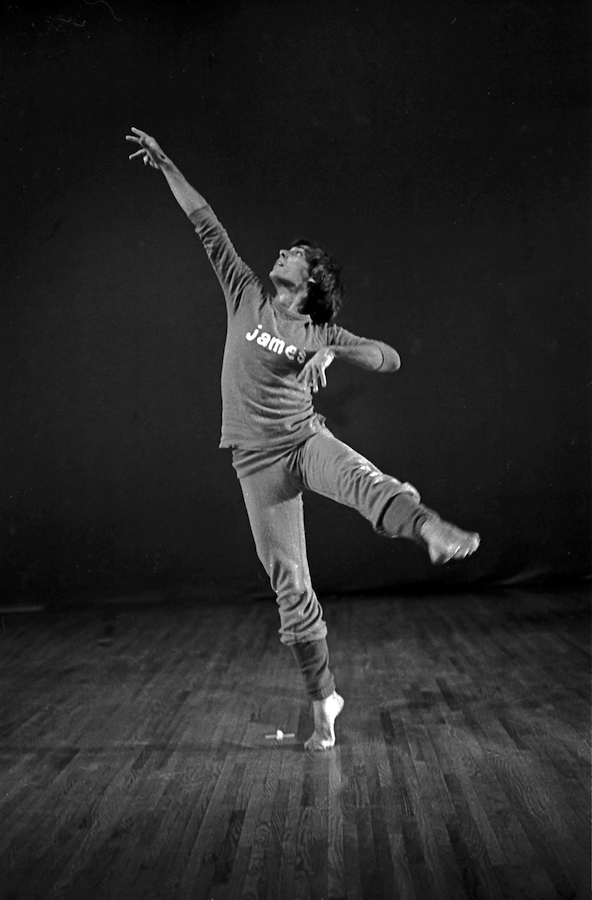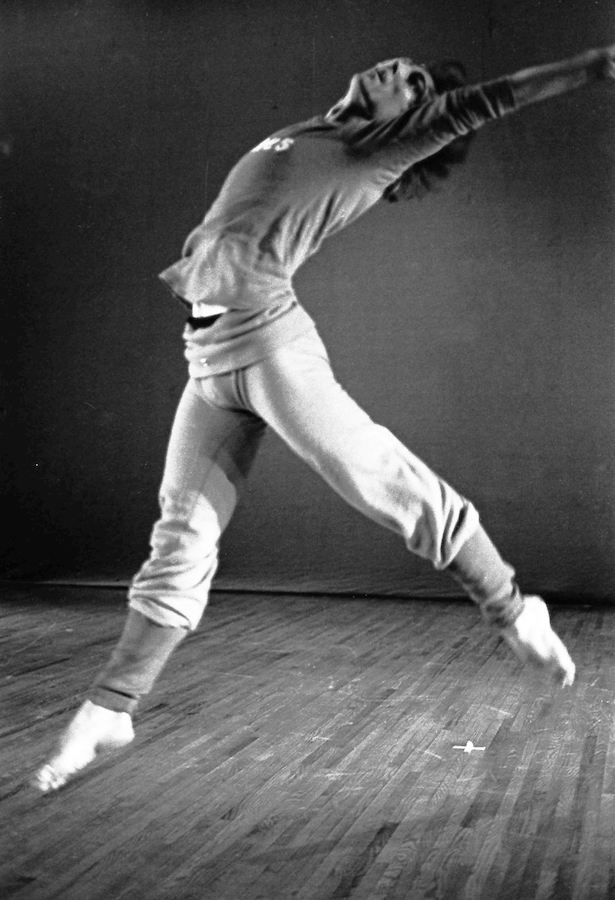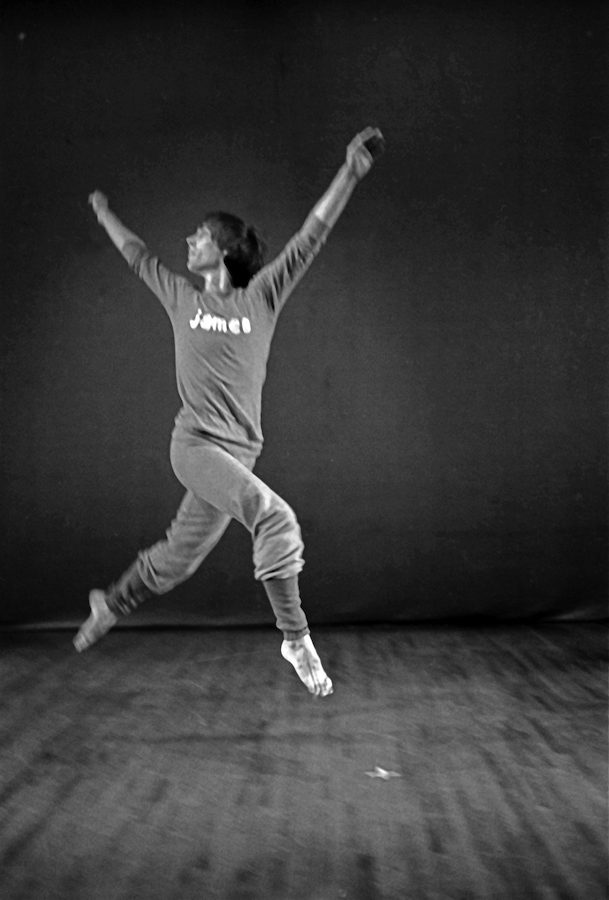WRITTEN BY MARINA GOMBERG
PHOTO STEPHEN KOESTER
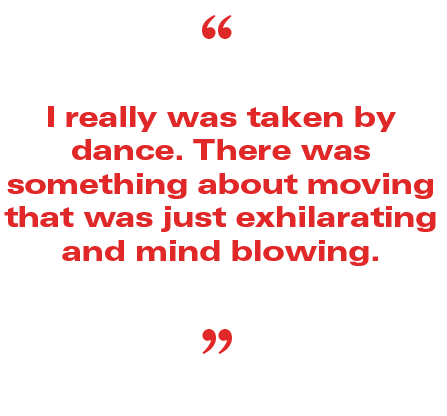
Stephen Koester, professor of Modern Dance at the University of Utah and former chair of the Department of Modern Dance, didn’t anticipate that he’d become a prolific and revered modern dancer when he started at the U in 1969 studying psychology on his way to an architecture degree. In fact, dancing petrified him.
But one day, he decided to answer an ad in the Daily Utah Chronicle for the national touring cast of “Hair.”
“I could kind of sing,” he said shyly, realizing he was revealing a little-known fact. “So, I went for it and got call back after call back.”
Until the casting director (who turned out to be a sham anyway) called to tell him that he sings flat, and that he couldn’t dance to save his life.
“And that was enough to goad me into taking my first dance class,” Koester said. “It was fate.”
He ended up taking a non-majors’ course from Shirley Ririe, the co-founder of one of Salt Lake’s premiere modern dance companies, and the rest was sort of history.
He was good (“enough and a male,” he’d add) and he had drive, so he was given special access to majors’ courses, and got to learn from some of the greats. He didn’t know then he’d become one of them.
“I really was taken by dance. There was something about moving that was just exhilarating and mind blowing,” he said.
So, he took classes for a year and a half before traveling the world to sate other curiosities. After studying Russian Studies in the Soviet Union, he went to Canterbury, England, for architectural studies, then landed at the University of Minnesota. And, when an architecture internship in D.C. fell through, Koester decided on a whim to take a summer intensive dance workshop with the Nancy Hauser Company (Hauser was a protégé of the illustrious Hanya Holm, so this was quite the opportunity).
Fate again.
It was there, with her company, that Koester realized he wasn’t going to be a good architect, and was encouraged to become a dancer.
And he did.
He moved next to New York, where after a short stint dancing with the Jamie Cunningham Dance Company, he and partner Terry Creach started their own company: Creach/Koester — an endeavor for which he may be now most well-known.
This dynamic duo, which later grew into a larger company of 5-6 dancers, became quickly noted for two things: 1. having all male dancers (a trait still unique in dance today), and 2. developing the notion of partnering in modern dance as a choreographic tool.
It was during that time when the magnetic pull of Utah (or the exciting request of Phyllis Haskell Tims and Scott March, Chairs of the Department of Modern Dance at that time) brought Koester back for several master classes and residencies for the U’s modern dance program.
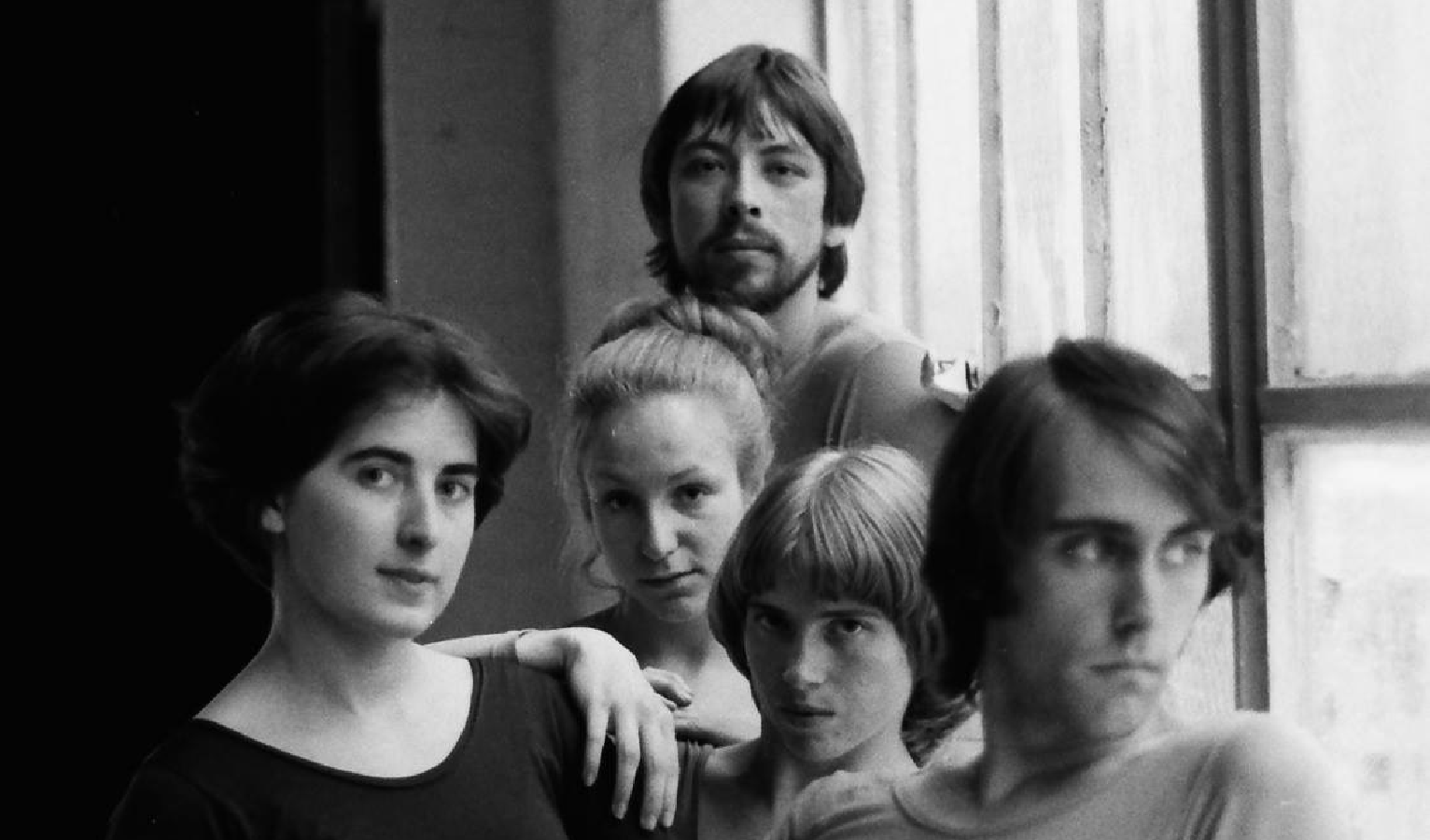
Stephen Koester (front) and fellow dance colleagues during their time studying with Nancy Hauser in Minneapolis, MI.
After leaving NYC and thinking he was leaving dance, he opened a bed & breakfast in Montana. But fate wouldn’t let him go from dance that easily.
A serendipitous run-in with then CFA Dean Phyllis Haskell Tims who was in in Boseman, MT, to see the illustrious Doug Varone, was the final boomerang to get Koester back into a residency that ultimately paved the way for his first faculty position at the U. He never left again.
“You know, dance may be a terrible medium to tell a story,” Koester mused. “It can be either too abstract or if it’s too literal, it becomes pantomime. But it tells the story of what it is to be alive — what it feels like to move and to be in one’s body. And that’s a big story.”
But when it’s done well, he says, it’s magnetizing because we all can relate to the experience of being in one’s body.
“Talent is almost indefinable,” Koester said about what makes a good dancer. “It’s a sort of je ne sais quoi — something so unique to them or so untethered or uncensored that they go deeply into movement without thinking. It’s in their bones to give themselves to the movement, to the moment.”
He’s about to retire and find out how Act III of his life will play out, but his legacy in the world of modern dance will long outlast his days in the studios.
Photo Gallery


